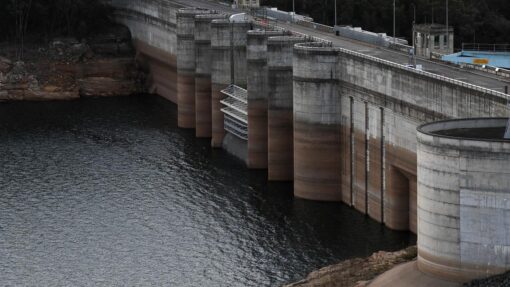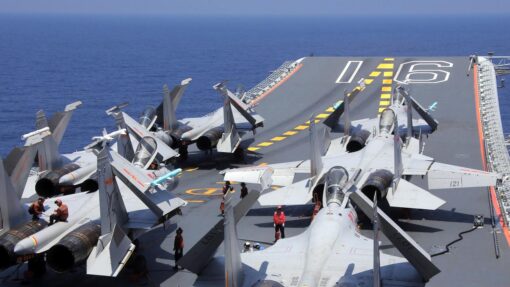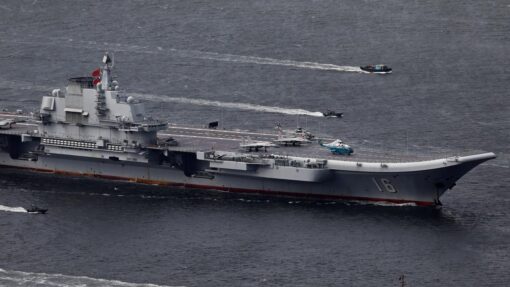Watches froze in time when torpedo hit hospital ship
Adrian Black |

Within minutes of the Australian hospital ship Centaur being torpedoed, crew members ended up in the water where their watches froze in time, marking when the vessel went down.
It was around 4.10am on May 14, 1943.
The ship, sunk by a Japanese submarine about 80km northeast of Brisbane, is the subject of a new display at the Australian War Memorial.
“The loss of Centaur and the majority of her crew was a tragedy at the time and remains so 80 years on,” memorial director Matt Anderson said.
Of the 332 crew members and passengers aboard the ship, which included 12 nurses and 178 members of the 2/12 Field Ambulance, 64 survived after spending 35 hours on life rafts.
Memorial Curator Dianne Rutherford said watches, flares,and other objects in the exhibition tell the story of the night Centaur was sunk.
“The watches have stopped at the time their wearers went into the water,” Ms Rutherford said.
“Their radium paint means that they are radioactive and must be handled and displayed with great care. They serve as a poignant reminder of the shock felt at this event.”
Many on board were killed instantly when the torpedo hit the Centaur’s fuel tank, causing a massive explosion and fire, while others were trapped as the ship tipped bow first, before breaking in two and submerging completely in just three minutes.
Australia slammed the sinking as an atrocity, but the Japanese government initially denied responsibility and the War Crimes Tribunal failed to identify the submarine.
A later official Japanese war history verified that the Centaur was sunk by the I-177 submarine, commanded by Hajime Nakagawa, who was later imprisoned as a war criminal for ordering fire upon survivors of other torpedoed ships.
The phrase “avenge the nurses” became a rallying cry for the remainder of World War II in Australia.
Centaur’s wreckage wasn’t rediscovered until 2009, about 30 nautical miles from the southern tip of Moreton Island.
“This is an event that truly speaks to the horror of war,” Mr Anderson said.
AAP


